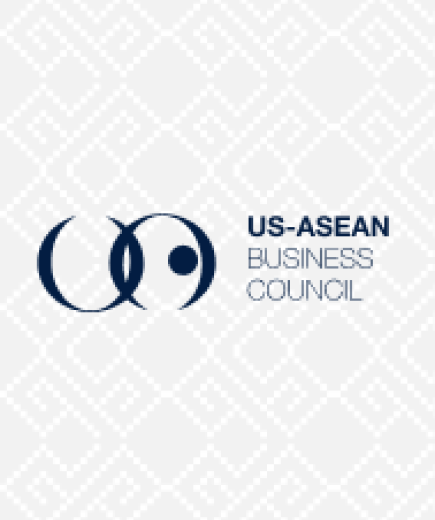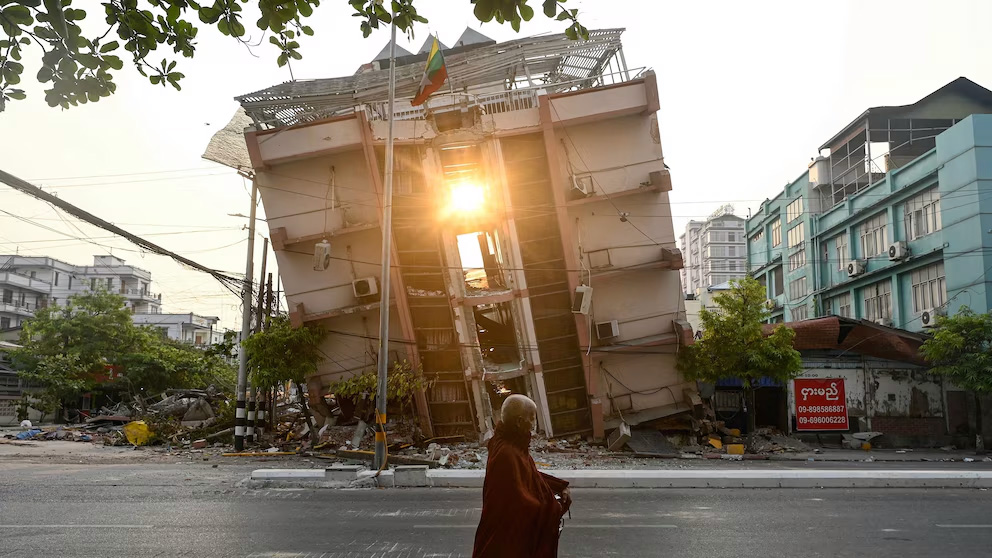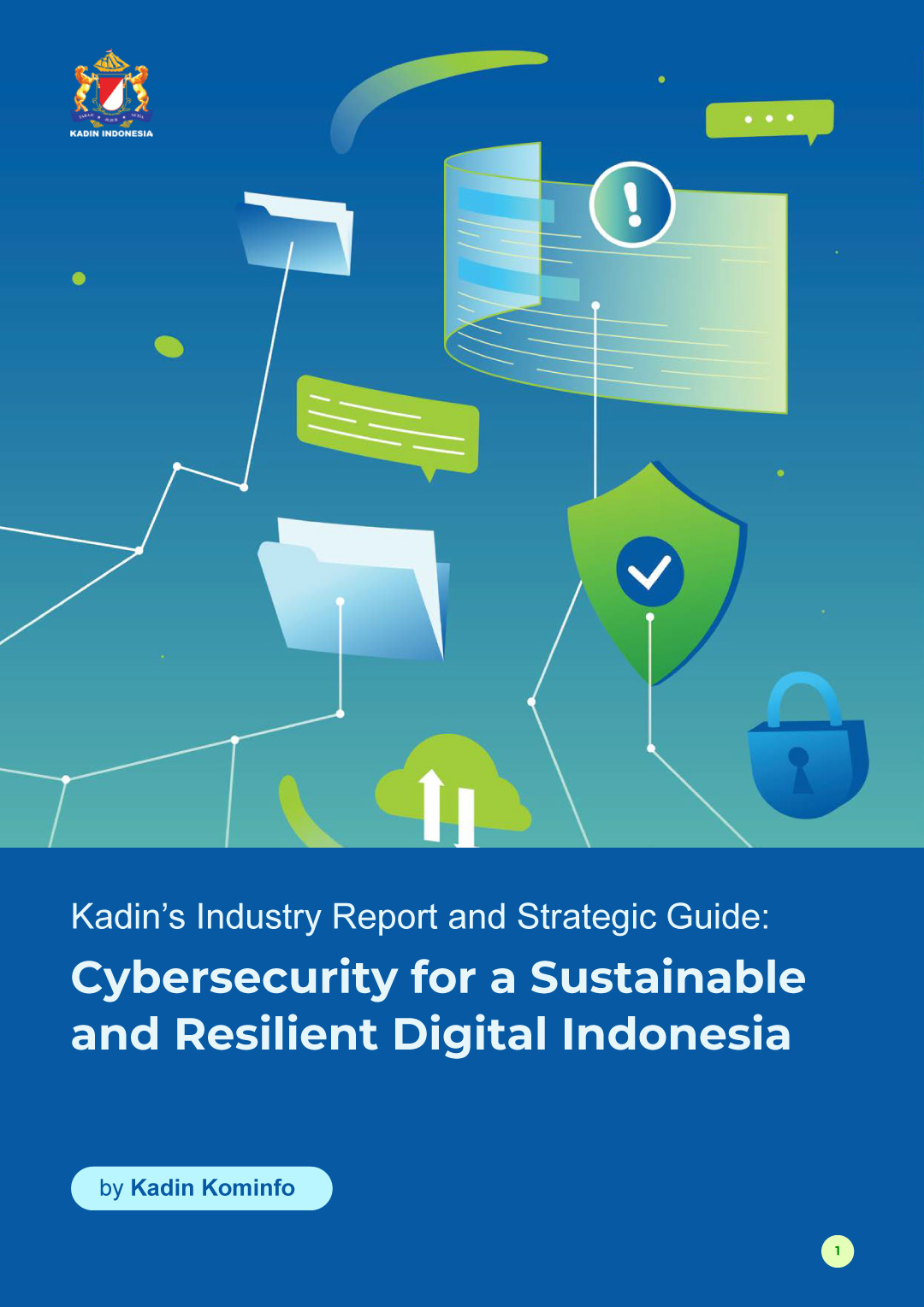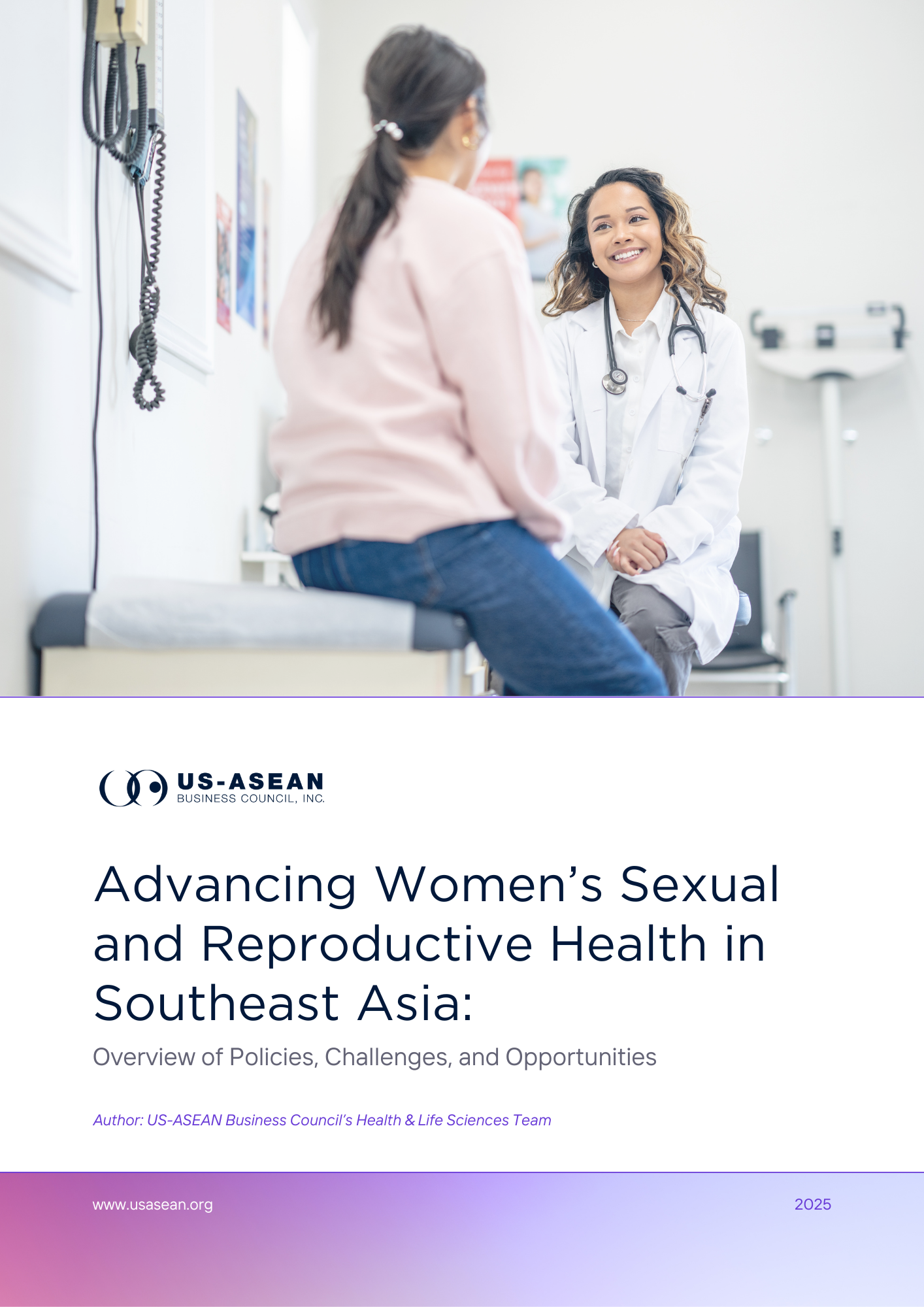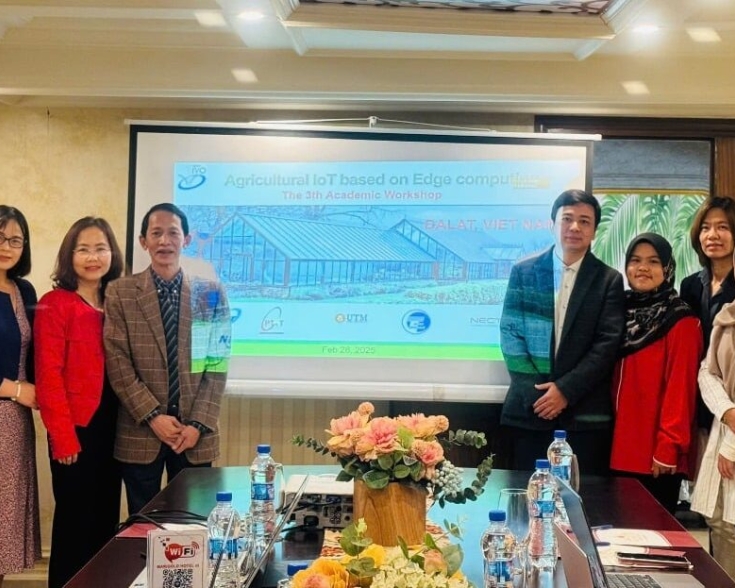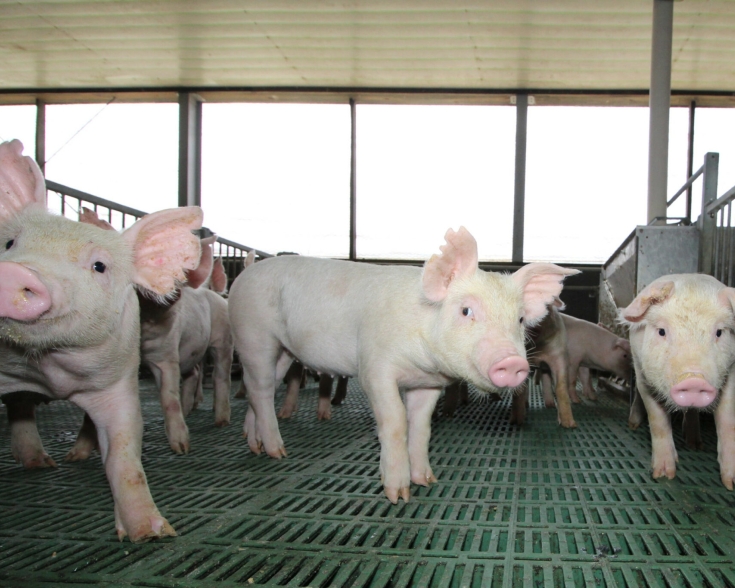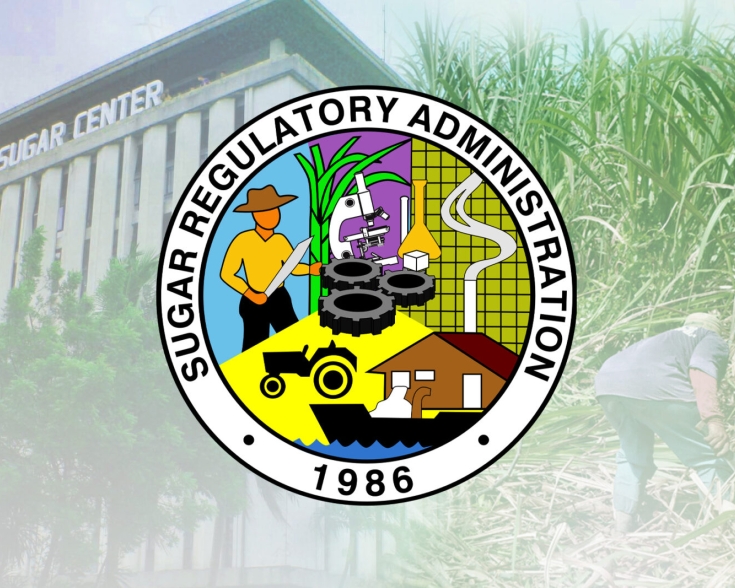Cambodia’s Investment Surge and Economic Outlook
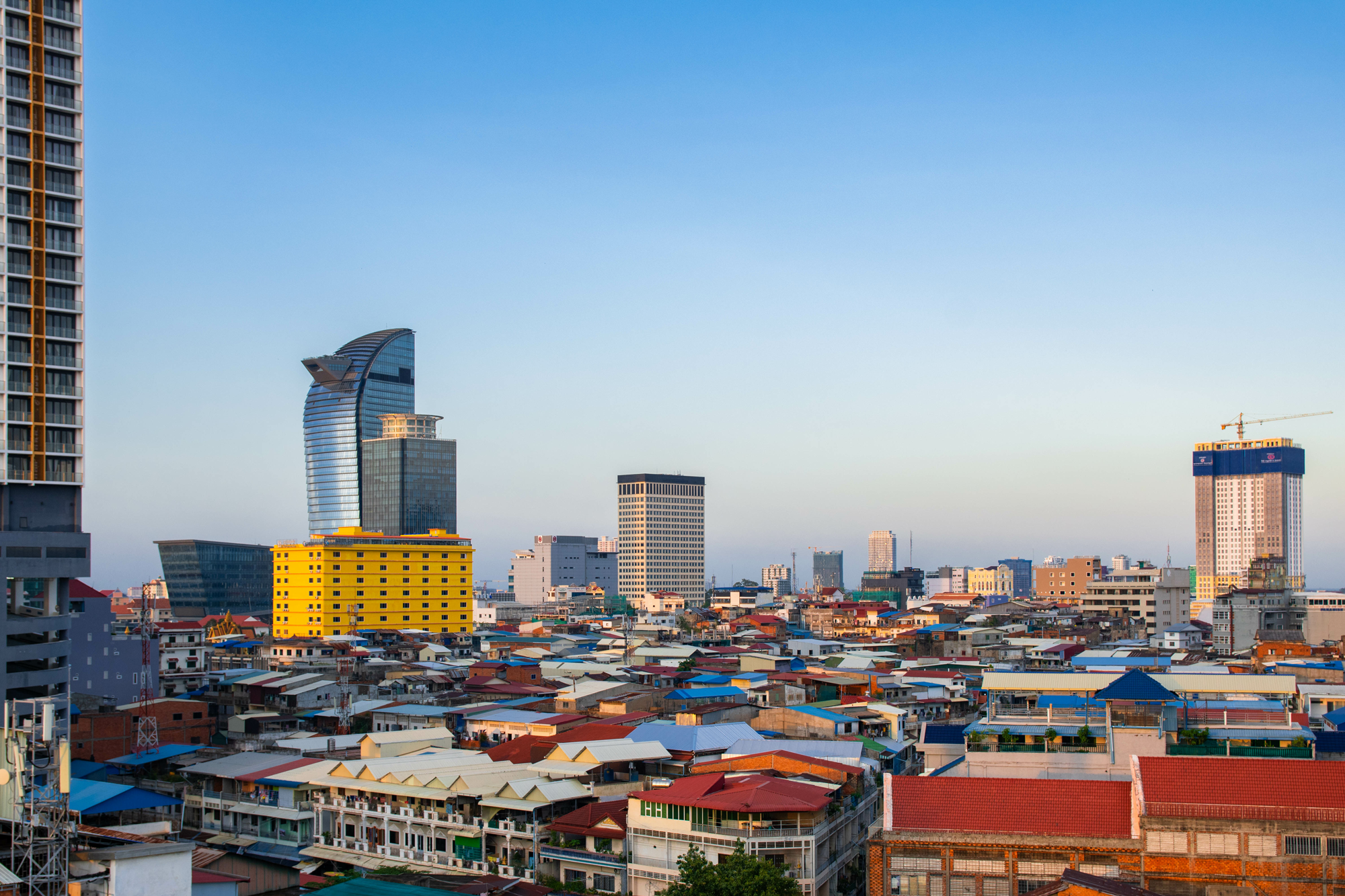
In January 2025, Cambodia’s Council for the Development of Cambodia (CDC) approved 68 investment projects totaling US$748 million, marking a dramatic 300% increase in investment capital compared to the previous year. Chinese investors contributed the majority of the funding, accounting for 73.35% of the total. These projects, predominantly in the industrial sector, are expected to create nearly 46,000 jobs and are seen as vital to Cambodia’s growth, particularly in manufacturing sectors such as metal processing, tire manufacturing, and vehicle assembly. With a stable political environment and ongoing reforms to investment laws, Cambodia’s government continues to foster a pro-business atmosphere, drawing significant foreign interest.
Economists and government officials emphasized the country's growing attractiveness for investment in areas like digital infrastructure, Agri-processing, healthcare, education, and clean water. Lim Socheat, vice-president of the Cambodia Chamber of Commerce, highlighted the booming demand for digital infrastructure to support e-commerce, education, and virtual meetings. Additionally, Cambodia’s favorable tax incentives for Agri-processing and the absence of personal income taxes provide a strong incentive for both local and foreign investors.
Cambodia's GDP is expected to grow by 6.3% in 2025, with significant opportunities for foreign investment in infrastructure, tourism, and manufacturing. Key infrastructure projects like the Techo International Airport and Sihanoukville Port Expansion, along with a strong recovery in tourism and a growing manufacturing sector, present promising growth potential for investors. Looking ahead, the IMF predicts Cambodia’s economy has potential for further growth if key reforms are implemented. The country is on track to graduate from Least Developed Country (LDC) status by 2029, but challenges remain, such as high electricity costs and issues with governance and legal enforcement.
As Cambodia shifts toward a more diversified economy, the government is focusing on strengthening its global position in supply chains, expanding its export base, and improving productivity in agriculture and higher-value industries. The success of these efforts will determine Cambodia's ability to sustain high growth levels in the coming years. The former government’s two-phase Revenue Collection Strategy (2014–2018 and 2019–2023) laid a strong foundation for Cambodia’s sustainable economic growth by optimizing revenue collection, while the new Pentagon Strategy under Prime Minister Hun Manet builds upon this success to support the country’s socio-economic goals. This updated strategy aims to enhance the financial foundation, ensuring the realization of Cambodia’s vision of becoming a high-income country by 2050 through modernizing tax administration and fostering private sector collaboration.

